How to Build A Brand: A Detailed Overview on How to Create A Brand?

In today’s digital world, it is very important for individuals to know about how to make their own brand. Building a brand is paramount in today's competitive business landscape as it goes beyond mere product or service representation.
A strong brand is a powerful asset, fostering customer loyalty, trust, and recognition. It serves as a unique identity that sets a business apart, influencing consumer perceptions and preferences.
A well-crafted brand communicates values, establishes credibility, and ultimately contributes to long-term success. In an era where consumers are inundated with choices, a compelling brand becomes a beacon, guiding individuals to make informed decisions and fostering a lasting connection between businesses and their target audience.
Through this blog, we are going to figure out how to build a brand and many more.
10 Steps on How to Build A Brand
1. Identify Your Audience

Understanding your target audience is the foundation of brand building. Conduct thorough market research to identify the demographics, preferences, and behaviours of your potential customers. Tailoring your brand to resonate with their needs and aspirations is crucial for creating a meaningful connection.
2. Research Your Competitors

Analyzing competitors is a crucial step in understanding how to create a brand, providing valuable insights into market trends, potential gaps, and areas for differentiation. Identify what sets your competitors apart and strive to offer a unique value proposition.
This research enables you to position your brand effectively and carve out a distinctive space in the market.
3. Define Your Brand’s Purpose
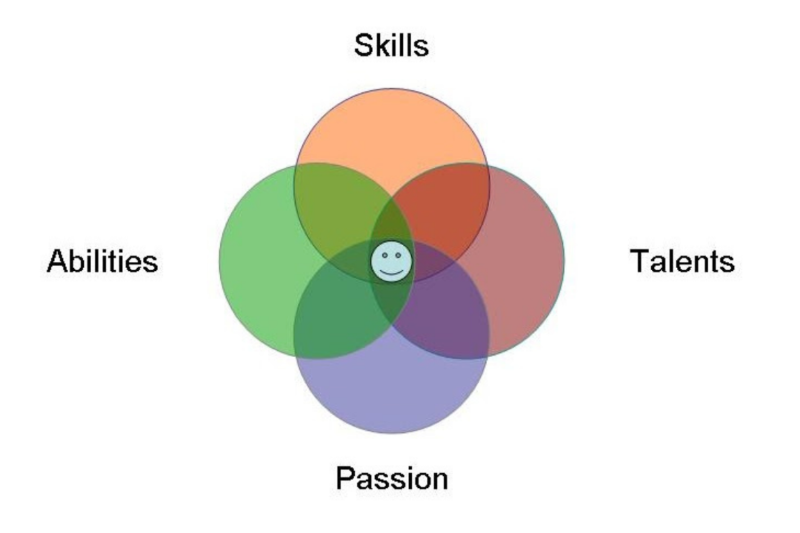
Clearly articulate the purpose behind your brand beyond just selling a product or service. When considering how to build a brand, define the core values and beliefs that your brand embodies. A compelling brand purpose not only resonates with customers but also motivates and aligns your internal team, fostering a sense of shared mission.
4. Develop Brand Personality and Brand Voice

Humanise your brand by defining its personality traits and voice. Whether it's playful, authoritative, or empathetic, consistency in the way your brand communicates builds recognition and trust. A cohesive personality and voice create a unique identity that distinguishes your brand in the minds of consumers.
5. Create Your Brand Story

Crafting a compelling narrative is an essential step in understanding how to make your own brand. It communicates your brand's journey, values, and impact.
A well-told story not only captivates the audience but also helps them connect emotionally with your brand. Share milestones, challenges overcome, and the vision for the future to build authenticity and loyalty.
6. Pick a Brand Name

Your brand name is a critical element of how to build a brand successfully. It should be memorable, reflective of your brand's essence, and easy to pronounce. Ensure that the chosen name is available as a domain for your online presence and aligns with your brand positioning.
7. Write a Slogan
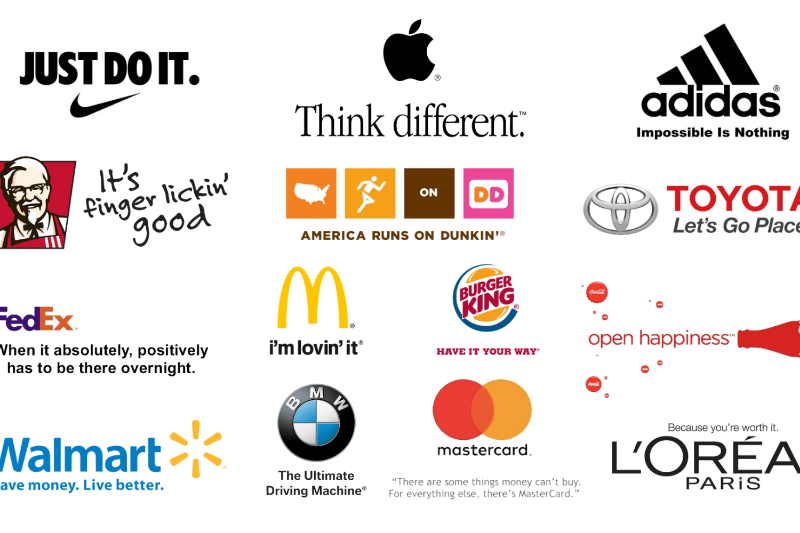
A succinct and memorable slogan is a key consideration in understanding how to create a brand. It encapsulates your brand's essence. It should convey the brand promise, values, or a unique selling proposition.
A well-crafted slogan becomes a powerful mnemonic device that lingers in the minds of your audience, reinforcing brand recall.
8. Utilise Branded Stationery

Customised stationery, such as pens, notepads, and diaries, reinforces brand visibility. Branded stationery serves as a tangible representation of your brand and creates a cohesive professional image. It contributes to brand recall and leaves a lasting impression on clients and stakeholders.
9. Choose the Look of Your Brand (Colours and Font)

Consistent visual elements, such as colours and fonts, contribute to brand recognition. Choose a colour palette and font that aligns with your brand personality and resonates with your target audience. Consistency across all brand collateral enhances visual cohesion.
10. Apply Your Branding Across Your Business

Ensure that, in the process of figuring out how to build a brand, your brand identity is consistently applied across all touchpoints, from your website and social media to marketing materials and packaging.
Consistency reinforces brand recognition and builds a cohesive and trustworthy image in the minds of consumers. Regularly review and update as needed to stay relevant in a dynamic market.
Other ways to make a brand
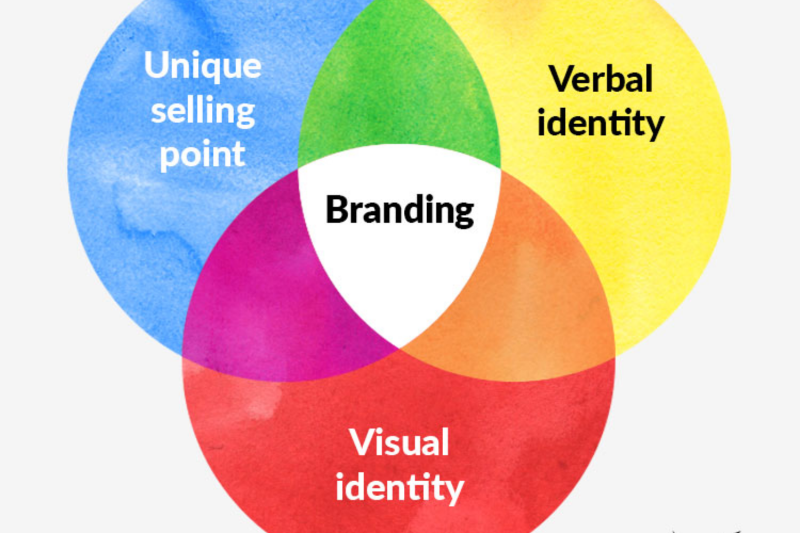
1. Use Personalised Merchandise

Elevate brand visibility by offering personalised merchandise such as T-shirts, mugs, or tote bags featuring your logo and brand messaging, as a strategic element in understanding how to create a brand.
This not only serves as a walking advertisement but also fosters a sense of community among customers or employees who proudly associate themselves with your brand.
2. Send Branded Gifts to Employees on New Year, Christmas & Festive Days

Strengthen employee engagement and loyalty by gifting branded items during special occasions. Whether it's a thoughtful New Year gift or a festive token, these items, adorned with your brand, not only express gratitude but also serve as constant reminders of the positive connection between your employees and the brand.
3. Provide Branded Employee Onboarding Kits to New Hires
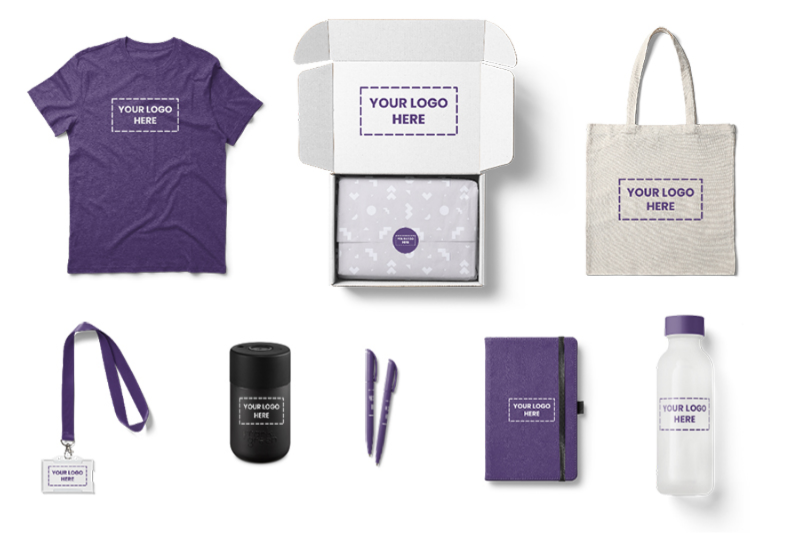
Enhance the onboarding experience for new hires by incorporating branded onboarding kits, showcasing an important aspect of understanding how to start your own brand.
Including essentials like branded stationery, company literature, and perhaps even a welcome note, reinforces a sense of belonging and sets the tone for a positive employee journey from day one.
4. Provide Branded Diaries, Brochures, Booklets, Calendars, Flyers, & Documents

Consistency in branding, a key consideration in understanding how to build a brand effectively, extends to all communication materials.
Supplying branded diaries, brochures & booklets, calendars, flyers and documents ensures a cohesive and professional presentation. This attention to detail enhances brand credibility, making a lasting impression on clients, partners, and stakeholders.
What does building a brand involve?

1. Brand Strategy

Understanding how to create a brand starts with a well-defined brand strategy, encompassing the overall plan for how a business aims to position itself in the market. This involves identifying target audiences, differentiating from competitors, and outlining key messaging.
A robust brand strategy serves as the guiding framework for all brand-related decisions, ensuring a consistent and purposeful approach.
2. Brand Identity
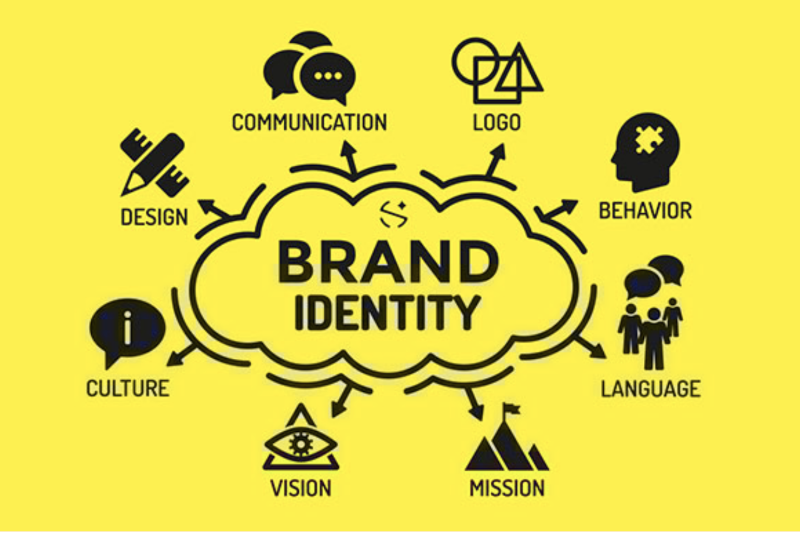
Brand identity involves crafting the visual and tangible elements that make a brand recognizable. This includes designing a distinctive logo, choosing a colour palette and font, and creating a cohesive visual language.
A strong brand identity goes beyond aesthetics, representing the essence and values of the brand. It forms the visual foundation that consumers associate with the business.
3. Brand Marketing

Brand marketing, an integral part of understanding how to build a brand successfully, is the active promotion of a brand to reach and engage its target audience. This includes various channels such as advertising, social media, content marketing, and public relations.
Effective brand marketing communicates the brand's story, values, and unique selling points, fostering awareness and building a positive perception among consumers. It involves creating campaigns that resonate with the target audience and consistently reinforcing the brand message.
Benefits of creating a brand
1. Recognition and Differentiation
Establishing a strong brand enhances recognition in the marketplace. A distinctive brand sets a business apart from competitors, helping consumers easily identify and remember the company amid a crowded landscape.
2. Customer Loyalty and Trust
A well-crafted brand fosters customer loyalty by building trust and credibility. Consistent and positive brand experiences create a sense of reliability, encouraging repeat business and turning satisfied customers into brand advocates.
3. Increased Perceived Value
A strong brand often commands a higher perceived value. Consumers are willing to pay a premium for products or services associated with a trusted and reputable brand, contributing to increased profitability and market share.
4. Effective Marketing and Communication
Brands provide a foundation for effective marketing, playing a pivotal role in understanding how to build a brand successfully. A clearly defined brand message allows businesses to communicate their values, mission, and unique selling propositions more efficiently, resonating with target audiences and facilitating customer engagement.
5. Employee Morale and Productivity
A well-established brand with a compelling identity can positively impact internal stakeholders. Employees aligned with the brand values often experience higher morale, leading to increased productivity and a sense of pride in contributing to a recognised and respected brand.
6. Flexibility for Business Expansion
A strong brand is pivotal in understanding how to make a brand, offering flexibility for business expansion. When a brand is well-received in one market or industry, it can serve as a platform for diversification and expansion into new products, services, or geographic regions.
7. Competitive Advantage
A unique and well-positioned brand provides a competitive advantage. It helps businesses stand out in a crowded market, allowing them to attract and retain customers in the face of competition.
8. Brand Equity and Asset Value
Over time, understanding how to build a brand contributes to a successful brand accumulating brand equity, representing the value associated with the brand name. This intangible asset can positively impact a company's overall valuation and attractiveness to investors or potential buyers.
9. Consistency and Cohesion
Brands provide a framework for consistency in messaging, visual identity, and customer experience. This consistency creates cohesion across various touchpoints, reinforcing the brand image and making it more memorable for consumers.
10. Adaptability in Changing Markets
A strong brand is adaptable to market changes, emphasising the importance of understanding how to make a brand name. Brands that have built a positive reputation and emotional connection with consumers are better equipped to navigate shifts in consumer preferences, industry trends, and economic conditions.
Why is branding important for your business?
As we have covered how to create a brand but knowing what branding does is as important. Branding is vital for business success as it establishes recognition, fosters customer loyalty, and commands a higher perceived value.
A strong brand facilitates effective communication, enhancing marketing efforts and customer engagement. It boosts employee morale and productivity, contributing to a positive work environment.
A well-established brand is crucial in understanding how to build a brand, providing flexibility for business expansion and a competitive advantage in the market. Over time, brand equity becomes a valuable asset, influencing overall company valuation. Strong brands adapt more effectively to changes in consumer preferences and market dynamics.
How do I start building my brand?
1. Define Your Purpose and Values
Clearly articulate your brand's purpose and core values. Understand why your business exists beyond just selling a product or service.
2. Know Your Audience
Identifying and understand your target audience is a fundamental step in learning how to make a brand. Knowing your customers' demographics, preferences, and behaviours helps tailor your brand to resonate with them.
3. Research Your Competitors
Analyze competitors to identify market trends, gaps, and areas for differentiation. This informs your strategy and helps you stand out in the market.
4. Create a Unique Brand Identity
Develop a distinctive brand identity, including a memorable logo, colour scheme, and typography. Ensure these elements convey the essence of your brand.
5. Craft Your Brand Story
Developing a compelling narrative is an essential aspect of understanding how to build a brand, one that communicates your brand's journey, values, and impact. A well-told story creates emotional connections with your audience.
6. Choose Your Brand Name and Slogan
Select a brand name that is memorable, reflective of your brand, and available as a domain. Craft a succinct and meaningful slogan that encapsulates your brand message.
7. Design Branded Collateral
Create branded materials such as business cards, letterheads, and other collateral to maintain a cohesive visual identity across all touchpoints.
8. Utilise Online Presence
Establishing a strong online presence is a key aspect of learning how to make a brand. This involves creating a professional website and actively engaging on social media platforms. Consistent branding across digital channels enhances recognition.
9. Engage Your Audience
Actively engage with your audience through social media, content marketing, and other channels. Respond to feedback and build relationships to create a loyal customer base.
10. Deliver Consistent Experiences
Ensuring consistency in all brand interactions is a fundamental aspect of understanding how to build a brand, from customer service to product quality. Consistent experiences reinforce your brand image and build trust with consumers.
Conclusion
In conclusion, building a brand is not just a strategic necessity; it's a dynamic process that shapes how your business is perceived and embraced. It involves defining your identity, understanding your audience, and creating a compelling narrative.
From crafting a unique brand identity to utilising personalised merchandise and maintaining consistency across all touchpoints, each step plays a pivotal role in fostering recognition, trust, and loyalty.
The benefits extend beyond marketing; understanding how to build a brand contributes to employee morale, provides flexibility for growth, and ensures adaptability in evolving markets.
Embracing these practices positions your brand as a guiding force, making informed decisions, and cultivating lasting connections with your audience. As you embark on this journey, remember that building a brand is an ongoing commitment to excellence and authenticity.
FAQs
1. How much does it cost to create a brand?
Creating a brand involves varied costs such as minimal expenses for DIY branding and varying costs for professional services like logo design and brand identity packages. Engaging consultants for brand strategy and legal fees for trademark registration also contribute to expenses.
The complexity of website development and marketing budgets, depending on chosen strategies, add to the overall cost. Actual costs depend on individual circumstances and needs, underscoring professional branding as a valuable long-term investment for business success.
2. What are some well-known brand-building examples?
Apple is celebrated for its sleek, minimalist brand focusing on innovation and user experience, epitomised by the iconic logo and "Think Different" campaign.
Nike thrives on inspiration, with the "Just Do It" slogan embodying motivation, and its simple swoosh logo reinforcing commitment to athleticism.
Coca-Cola excels in emotional branding, synonymous with joy and shared moments, backed by consistent messaging and the iconic red and white colour scheme.
Google is synonymous with innovation, simplicity, and user-friendly technology, emphasising clean design and reliability.
Amazon's brand centres on customer-centric values and convenience, symbolised by the A to Z arrow logo, highlighting a vast selection and commitment to fast delivery and satisfaction.